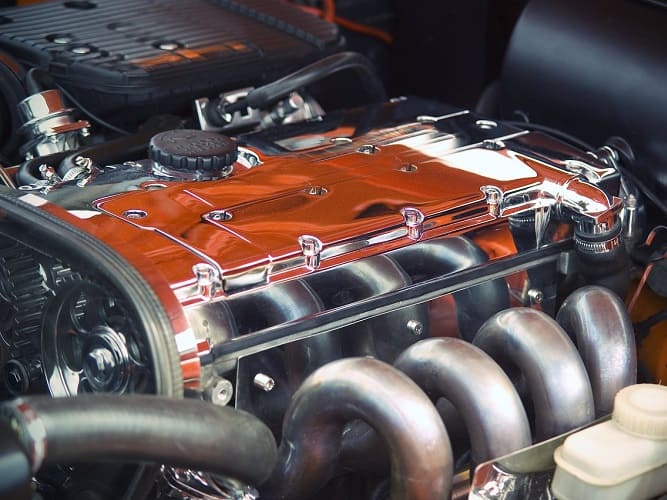-- Introduction -- Pros & Cons -- Conclusion --
Introduction:
ECU remapping is becoming increasingly popular amongst owners of high-performance cars who want to get the maximum power and performance from their vehicles. This article looks at five key things that you should know about ECU remapping. There are pros and cons:
1. Remapping delivers an enhanced driving experience:
Increased Power - this is why most people want to remap. Remapping has been known to increase the overall power output by as much as 25%. Significantly increased peak power and torque outputs can transform the car's acceleration.
Enhanced Driveability - while remapping the car, a tuner focuses on improving the overall power delivery. This results in a much better driving experience.
Improved in-gear acceleration - any improvement in the power delivery will boost the power output across different RPMs resulting in improved in-gear acceleration. This helps with overtaking.
Can eliminate flat spots - a remapped ECU should optimise the power and torque at all RPMs, thus removing flat/weak spots.
Experienced remapping technicians will ensure that reliability is not impacted - a remapped ECU pushes the engine and other components to the max. It requires a great deal of skill and experience to optimize output without overdoing it.
2. A cost-effective performance enhancement:
Whilst an ECU remap is not a low-cost exercise, the resulting improvement compares very favourably with alternative performance enhancements such as exhaust system, fuel injection, turbo upgrades or even an entire engine swap.
3. You must notify your insurer:
ECU remapping will usually count as a vehicle modification. Your insurance provider will require you to notify them to ensure that your policy reflects the modifications. A professional ECU remapping specialist will provide you with the technical information required by your insurer. They may also be able to offer advice as to which insurers offer favourable premiums for remapped vehicles.
4. Why manufacturers don't remap vehicles:
The main reason that manufacturers don't remap is because they are cautious about reliability and component lifespan. As a result, they prioritize this over finding extra power/performance. This is partly down to the fact that the average person may not regularly maintain their vehicle or use high grades of fuel. New vehicles are also subject to stringent regulatory controls, which vary across different countries and jurisdictions. These include strict emissions regulations and a range of other legislation.
5. There are three types of remapping:
There are actually three main types of remapping: KTAG. piggyback ECU and OBD. OBD is the simplest type and just involves plugging in a tool to the ECU and installing software. Piggyback ECU intercepts and modifies sensor signals prior to reaching the ECU. KTAG is more complicated as the original ECU has to be removed and is usually only used on older vehicles.
ECU remapping in Essex
Remapping an ECU can certainly improve performance but must be handled by a seasoned professional. If you are considering ECU remapping in Essex or the surrounding areas, please get in touch with us.
Get in touch with us today for your free phone consultation!



